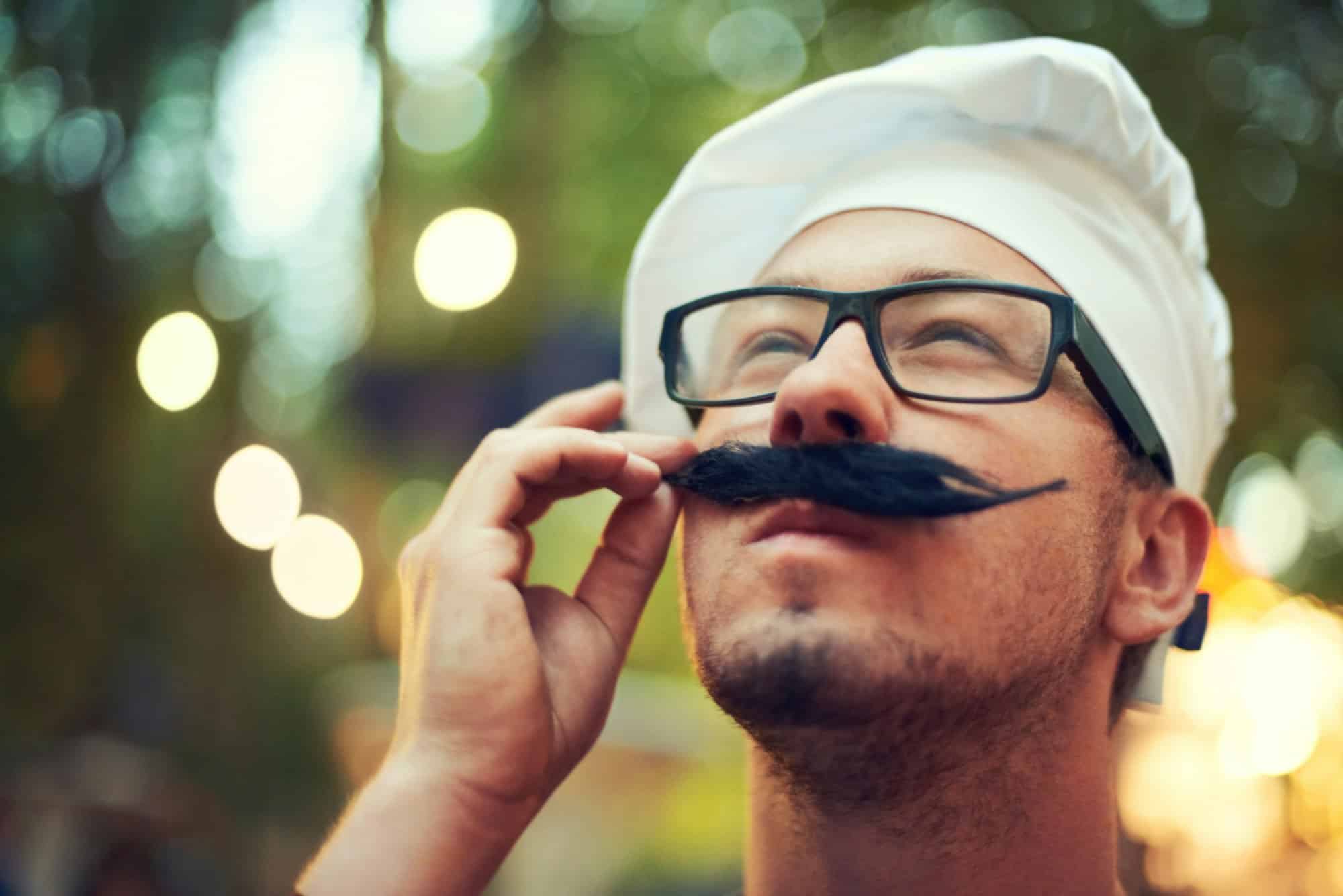Can You Prepare a Gourmet Seafood Feast Using Sustainable Fish?

There’s an old saying that the best way to a man’s heart is through his stomach, and perhaps that is why some of us put so much effort into our culinary masterpieces. But, would you believe that the very same effort can also contribute to a healthier planet? As it turns out, the choice of ingredients, specifically fish and seafood, can play a significant role in sustainability. So, can you prepare a gourmet seafood feast using sustainable fish? The answer is a resounding yes, and we’re here to guide you on how to do just that.
Choosing the Right Ingredients
Your journey to a sustainable fish and seafood feast begins with choosing the right ingredients. There are a few things to keep in mind when selecting your seafood.
In the same genre : How to Use Fermentation to Enhance the Flavor of Homemade Sourdough?
Look for fish that are abundant, well-managed, and caught or farmed in environmentally friendly ways. Salmon, tuna, and crab are popular choices that are often available from sustainable sources. Also, keep an eye on the labels. Seafood that is certified as sustainable by a trustworthy organization like the Marine Stewardship Council (MSC) is your best bet.
Moreover, consider using fresh, local seafood whenever possible. Not only does this tend to be more flavorful, but it also has a smaller carbon footprint. Less transportation means less greenhouse gas emissions, which is better for our planet.
Have you seen this : What’s the Secret to Perfectly Cooked, Fall-Off-The-Bone Barbecue Ribs?
And, of course, don’t forget to add other fresh ingredients to your feast. Fresh garlic, for example, can give your dishes a flavorful kick, while olive oil is a healthy and delicious option for cooking your seafood.
Grilling Sustainable Salmon
Now that you’ve got your ingredients, let’s talk about the actual cooking. A grilled salmon recipe is an excellent place to start. Salmon is not only a delicious and versatile fish but also one of the more sustainable options out there.
Start by marinating the fresh salmon in a mixture of olive oil, garlic, and your favorite herbs. The olive oil will help keep the salmon moist while grilling, and the garlic and herbs will infuse it with flavor.
Once the salmon is well-marinated, it’s time to fire up the grill. Grilling is a great way to cook salmon, as it adds a smokey flavor to the fish while keeping it juicy and tender.
To make your grilled salmon even more gourmet, consider serving it with a homemade sauce. A white wine reduction, perhaps, infused with fresh herbs and a hint of garlic. This will not only complement the flavors of the salmon but elevate the entire dish.
Crafting a Tuna and Crab Salad
One of the best things about seafood is its versatility. You can prepare it in a multitude of ways, from grilling to steaming to frying. But if you’re looking to add a bit of variety to your gourmet feast, why not try a tuna and crab salad?
This salad is a celebration of sustainable seafood, featuring two of the most popular seafood choices – tuna and crab. Start by mixing fresh crab meat with chunks of sustainable tuna. Then, add some fresh vegetables for some crunch, perhaps some cucumbers, bell peppers, and tomatoes.
To bring all the flavors together, you’ll need a good dressing. A simple vinaigrette made with olive oil, vinegar, garlic, and some fresh herbs should do the trick. Not only does this dressing add a tangy kick to the salad, but the olive oil also helps bring out the flavors of the tuna and crab.
Caviar: The Ultimate Gourmet Touch
Finally, let’s talk about caviar. Once considered the food of kings, caviar has become increasingly accessible. But did you know it can also be sustainable?
Sustainable caviar comes from sturgeon farms that produce high-quality caviar without harming wild sturgeon populations. It’s just as delicious as its wild counterpart, but with a significantly smaller environmental footprint.
So, how to incorporate caviar into your seafood feast? One way is to serve it as an appetizer, on top of blinis or crackers with a dollop of crème fraiche. You could also sprinkle some on top of your grilled salmon or tuna and crab salad for an extra gourmet touch.
While caviar can be a bit of an acquired taste, it’s worth trying if you want to take your seafood feast to the next level. Just remember to choose sustainable caviar to ensure your feast is as good for the planet as it is for your taste buds.
Pairing Your Feast with the Perfect Wine
No gourmet feast would be complete without the right wine. When it comes to seafood, white wines are often the go-to choice. They have a light, fresh taste that complements the flavors of the seafood without overpowering them.
For your grilled salmon, a Chardonnay or Pinot Gris could be an excellent choice. These wines have a medium body and a hint of acidity that pairs well with the rich, fatty flavors of the salmon.
If you’re serving a tuna and crab salad, a Sauvignon Blanc could be a great option. This wine is light and crisp with high acidity, making it a perfect match for the fresh, tangy flavors of the salad.
And for the caviar, a glass of Champagne or other sparkling wine would be ideal. The bubbles provide a nice contrast to the smooth, creamy texture of the caviar, while the brightness and acidity of the wine balance out its rich, salty flavor.
Just remember, the best wine for your seafood feast is the one you enjoy the most. So feel free to experiment and find the perfect pairing for your palate.
Shopping for Fresh Ingredients at a Sustainable Fish Market
When it comes to preparing a gourmet seafood feast, the freshness of the ingredients is crucial. Head to a local fish market for the freshest, most sustainable seafood. At the market, you can find a variety of seafood like salmon, dungeness crab, and tuna mahi, all fresh and ready for your kitchen creations.
Look for vendors who are certified by an organization like the Marine Stewardship Council, indicating they sell sustainable seafood. The label means that the fish has been caught or farmed in a way that considers the long-term vitality of the species and the health of the oceans.
Locally sourced seafood is not only fresh but also reduces transportation emissions, making it a greener choice. Try finding a fish market that offers local seafood for added sustainability.
While you’re at the market, pick up some fresh vegetables for your dishes. They’ll add color, texture, and flavor, enhancing the overall dining experience.
Lastly, don’t forget to explore the kitchen accessories corner. Here, you can find handy tools like fish scalers, crab crackers, or seafood scissors that can make your preparation process smoother and easier.
The Art of Preparing King Crab Legs
Nothing screams seafood feast more than a platter of succulent king crab legs. King crab is high in protein, omega-3 fatty acids, and vitamin B12, making it a healthy and delicious choice for your feast.
Start by steaming or boiling the crab legs with a touch of salt and pepper for a simple, yet delicious flavor. Alternatively, consider grilling the legs for a smoky aroma. Either way, be sure to cook them until they’re heated through – usually about 4-5 minutes.
Then, melt some good-quality butter and mix in some garlic and fresh herbs for an easy dip. You can also make a white wine garlic butter sauce by simply reducing some white wine with the butter, garlic, and herbs.
Serve the king crab legs with the butter sauce for dipping, and perhaps some lemon wedges on the side. The acidity of the lemon will cut through the richness of the crab, creating a perfect balance of flavors.
Seafood Feast: The Final Touches
Now that you have your main dishes ready, it’s time to add some final touches to your gourmet seafood feast.
For an elegant appetizer, consider serving sturgeon caviar. Sustainable caviar, as mentioned earlier, comes from sturgeon farms that produce high-quality eggs without negatively impacting wild sturgeon populations. Serve it on blinis or crackers, with a touch of crème fraiche for a luxurious start to your meal.
To complement your feast, remember to choose a wine that pairs well with your dishes. For example, a Chardonnay can enhance the flavors of your grilled salmon, while a Sauvignon Blanc might complement your tuna and crab salad perfectly. And for the caviar, a glass of Champagne would be the perfect match.
To cap off your gourmet seafood feast, consider a refreshing dessert. A simple fruit salad or a light lemon tart would be an excellent choice, providing a sweet and tangy end to your meal.
Finally, remember to share the feast with loved ones. After all, food tastes better when eaten with good company.
Conclusion
Creating a gourmet seafood feast with sustainable ingredients is not only possible, but it also contributes positively to our planet. Choosing sustainable seafood from your local fish market, preparing dishes like king crab legs, and adding touches of luxury with items like sturgeon caviar, all contribute to an unforgettable feast.
Pair your dishes with a bottle of your favorite white wine, and you’ve got a feast fit for a king.
So go ahead, start planning your sustainable seafood feast today. Not only will you be delighting your taste buds with fresh flavors, but you’ll also be doing your part in promoting sustainable fishing practices. Remember, the key to a good meal is not just the quality of the food, but also how it’s sourced and prepared. So, let’s take a step towards sustainability, one seafood feast at a time.
